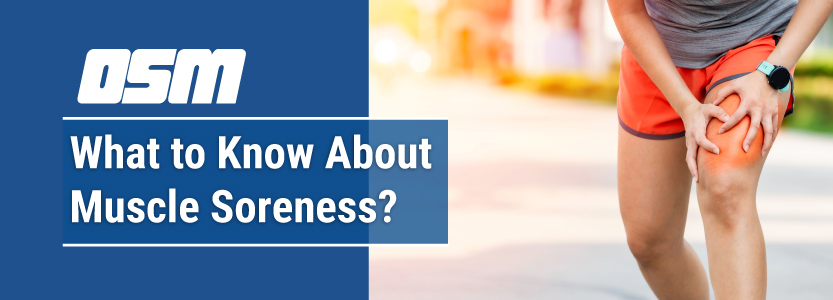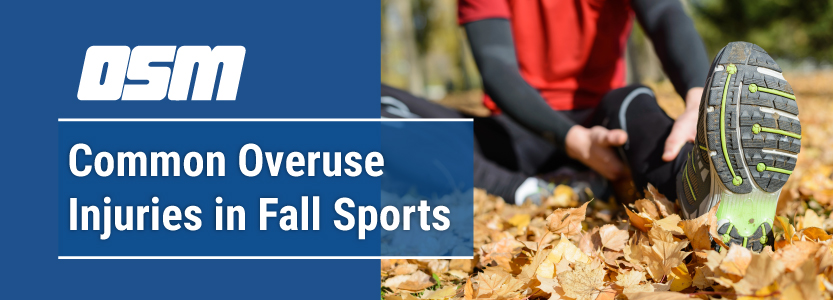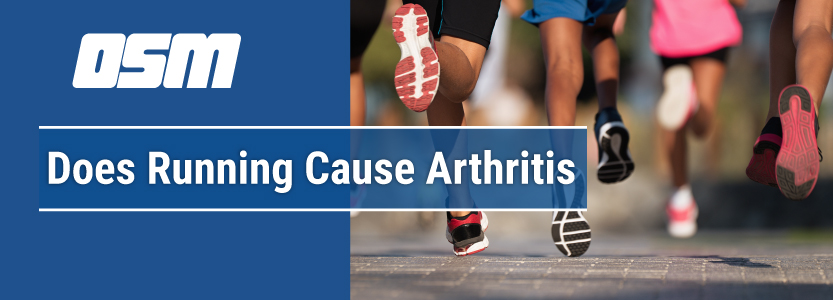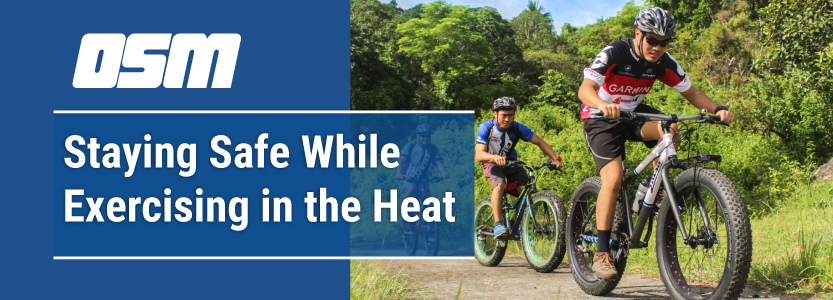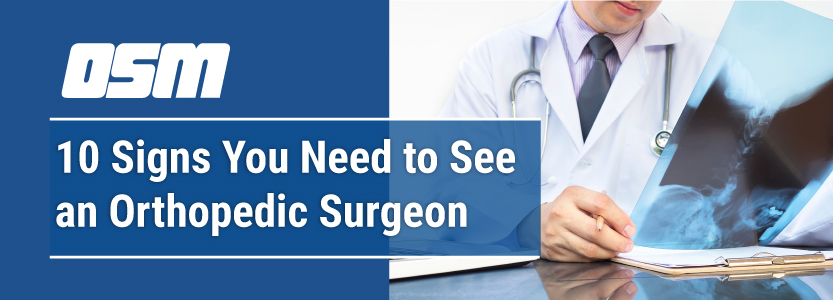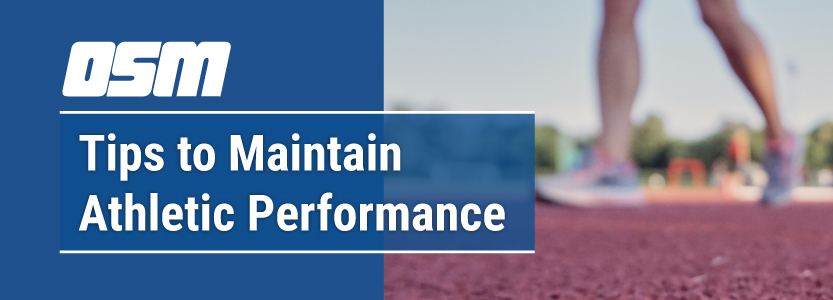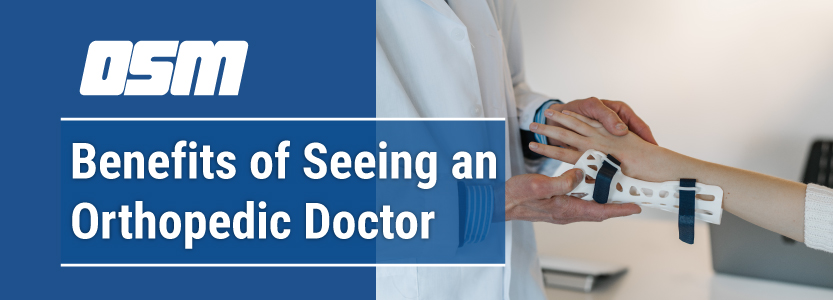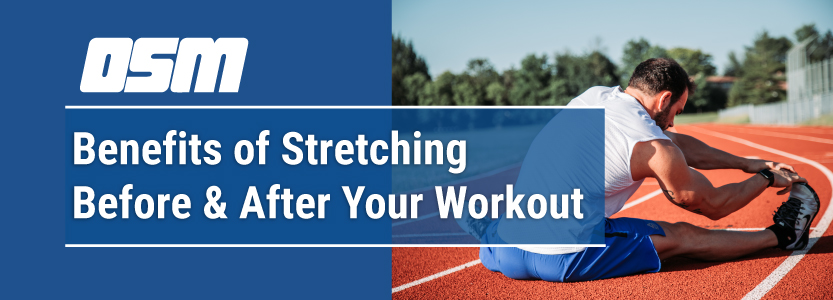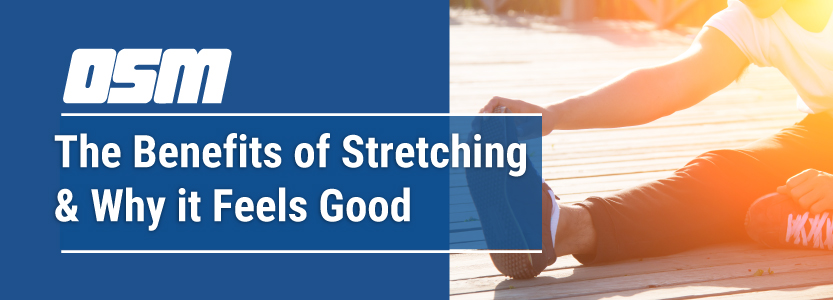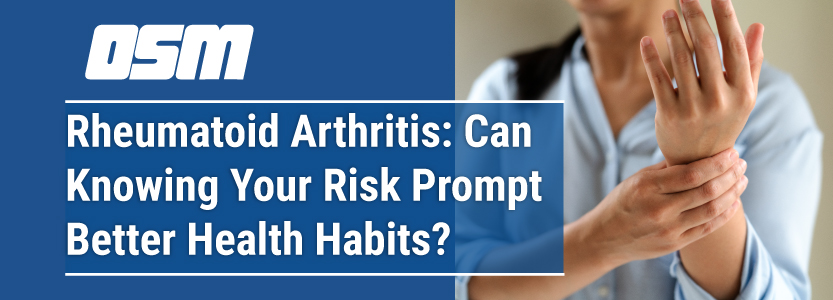What to Know About Muscle Soreness
Article featured on MedicalNewsToday
Any physical activity that places too much or unusual strain on the muscles can lead to soreness. Everyone can experience muscle soreness, even people who exercise regularly and have good physical fitness.
Muscle soreness can be uncomfortable and disruptive. However, the pain typically disappears within a few days.
This article outlines the causes of muscle soreness and the typical duration of symptoms. We also list the treatments that may help to relieve muscle soreness, along with research into their effectiveness.
Causes
During physical activity, the body’s muscles extend and contract to support movement. Prolonged or repetitive physical activity can overexert the muscles. This activity can lead to muscle soreness.
Overexertion and muscle soreness are more likely to occur after physical activity that differs from normal. This could be due to:
- exercising more often than usual
- doing higher intensity workouts
- performing longer workouts
- introducing new exercises to a routine
Muscle soreness usually occurs several hours after physical activity. For this reason, doctors refer to the condition as delayed onset muscle soreness (DOMS). Most people experience DOMS at some point, regardless of their physical fitness.
The exact cause of DOMS is still unclear. Some experts believe it may be due to microscopic tears in the muscle fibers, which can develop during exercise. They believe that muscle soreness is the result of the body healing these tears. DOMS is not due to a buildup of lactic acid in the muscles.
How Long Does it Last?
According to the American College of Sports Medicine (ACSM), muscle soreness usually begins 12–24 hours following exercise. The muscle soreness then tends to peak around 24–72 hours after the exercise. After this time, the pain should start to go away.
The level of soreness a person feels during DOMS depends on the type, duration, and frequency of the activity that caused the pain.
It is possible to continue exercising with muscle soreness, but it can be uncomfortable.
Sharp pains that occur immediately after activity could be a sign of injuries, such as strains or sprains. These injuries are the result of a muscle, tendon, or ligament becoming stretched or torn and are more severe than DOMS, possibly requiring medical attention.
Relieving Muscle Soreness
Muscle soreness is normal and rarely requires medical attention. In most cases, symptoms go away on their own within a few days. In the meantime, it is best to avoid putting too much strain on the injured muscles.
People sometimes recommend the following treatments to alleviate muscle soreness following exercise:
Massage: A qualified sports massage therapist or physiotherapist can provide massages for alleviating muscle soreness. Massages increase blood flow to the injured area, which may promote healing and help to relieve the pain.
Heat therapy: Taking a warm bath or applying heat pads can also stimulate blood flow to the injured muscles. Heat therapy tends to offer only temporary symptom relief.
Cold therapy: Cold packs or immersion in cold water can reduce inflammation and swelling in the muscles. Cold therapy is, therefore, useful as a longer-term treatment for muscle injuries.
Light exercise: Keeping the muscles active may help to reduce pain. It is important to keep the intensity light and avoid movements that put too much strain on injured muscles. Examples of light exercises include walking and gentle stretching.
Pain medication: Over-the-counter nonsteroidal anti-inflammatory drugs (NSAIDs) can help to reduce muscle inflammation and associated pain.
What the Research Says
A 2012 meta-analysis investigated the effectiveness of four popular DOMS treatments. The meta-analysis included 35 studies, each of which investigated one of the following treatments:
- massage
- cold therapy, or “cryotherapy“
- stretching
- light exercise
The meta-analysis revealed that massage was effective in treating the signs and symptoms of DOMS in some people. However, the effect was small and was not significant across the group as a whole. There was no evidence to support the use of cryotherapy, stretching, or light exercise in treating DOMS.
A 2011 meta-analysis also found that stretching before or after exercise does not lead to a noticeable reduction in DOMS.
A 2016 meta-analysis investigated whether a type of cryotherapy called cold water immersion (CWI) helps to alleviate muscle soreness. The results showed that CWI was slightly more effective than no treatment. Bathing in water temperatures between 11°C–15°C for 11–15 minutes provided the best results.
Overall, these studies indicate that there are few scientifically proven treatments for DOMS. Those that are effective appear to provide only a slight benefit. Nonetheless, some people may find the treatments helpful.
Importantly, while a treatment may help to alleviate pain, it will not undo the underlying muscle damage or improve muscle function.
Prevention
While it is not possible to completely prevent DOMS, a person can take steps to reduce the severity of symptoms.
According to the ACSM, the best way to do this is to build up slowly to any changes in exercise routines. This cautious approach will give the muscles time to adapt to the changes they are experiencing.
Summary
Physical activity can sometimes lead to DOMS. The symptoms of DOMS usually appear several hours after physical activity and may last up to 72 hours.
While DOMS can be uncomfortable, it does not require medical attention. People sometimes recommend home remedies to alleviate the symptoms, but there is little scientific evidence to support this. It may be necessary to try multiple treatments before finding one that helps in some way.
People may experience a sharp pain during or immediately after physical activity. This sensation could signal a more serious injury, such as a strain or sprain. People should see a doctor if the pain persists or worsens.
The Orthopedic & Sports Medicine Center of Oregon is an award-winning, board-certified orthopedic group located in downtown Portland Oregon. We utilize both surgical and nonsurgical means to treat musculoskeletal trauma, spine diseases, foot and ankle conditions, sports injuries, degenerative diseases, infections, tumors and congenital disorders.
Our mission is to return our patients back to pain-free mobility and full strength as quickly and painlessly as possible using both surgical and non-surgical orthopedic procedures.
Our expert physicians provide leading-edge, comprehensive care in the diagnosis and treatment of orthopedic conditions, including total joint replacement and sports medicine. We apply the latest state-of-the-art techniques in order to return our patients to their active lifestyle.
If you’re looking for compassionate, expert orthopedic and podiatric surgeons in Portland Oregon, contact OSM today.
Phone:
Address
17355 Lower Boones Ferry Rd Suite 100A
Lake Oswego, OR 97035
Hours
Monday–Friday
8:00am – 4:30pm

